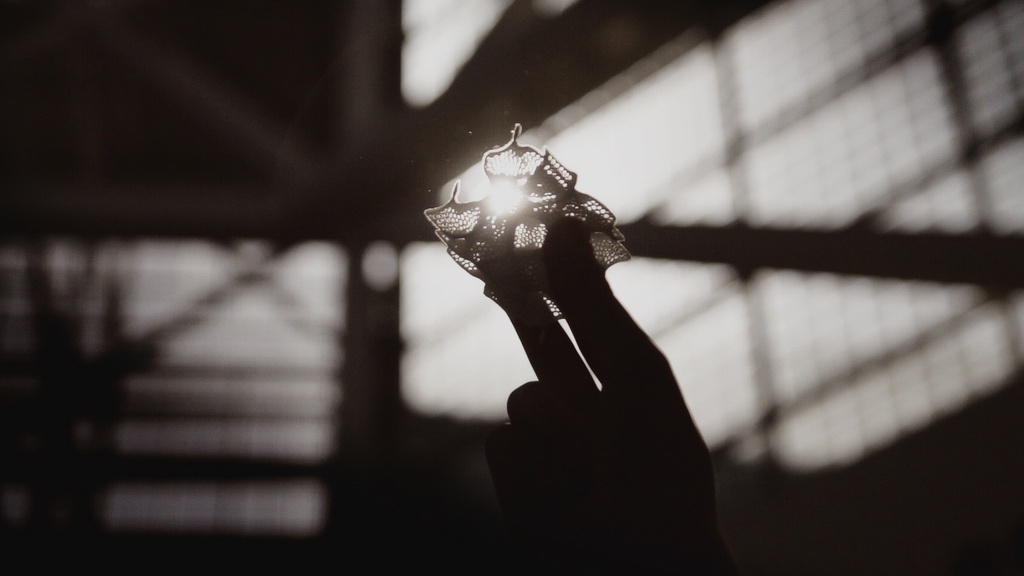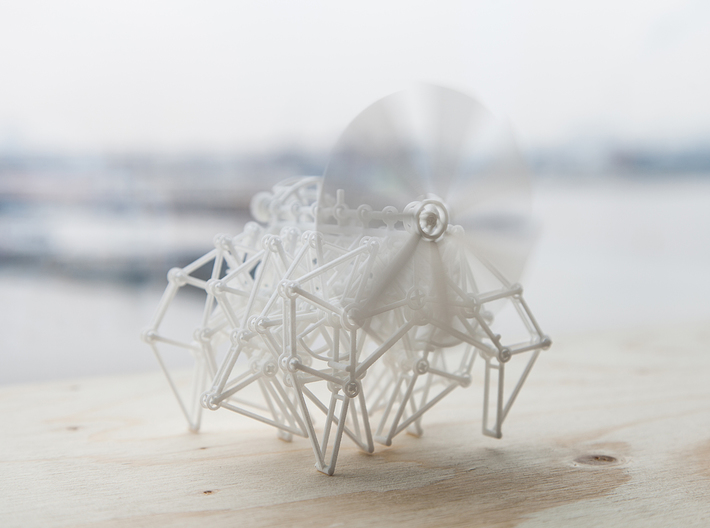
In today’s editorial, Angela takes on a question she’s grappled with a lot lately. Opinions expressed are the author’s own.
A couple of years ago, Shapeways faced a question that a lot of people had just then begun to ask: “Is consumer 3D printing overhyped?” Since Pete took on that controversy, a lot has happened in the world of 3D printing. Big manufacturers have invested in making 3DP part of their bottom line. Shapeways has grown, and a lot of players of all sizes have entered the market.
But, is 3D printing still cool? I’d argue that it is — and it isn’t.
What’s cool?
The feats that 3D printing make possible are getting both loftier and more normal: printing in space, printing biological matter for use in transplants and rehabilitation, printing chocolate, printing houses, printing teeth. Soon, there may be few parts of our lives that aren’t touched by 3D printing.
If you have access to what 3D printing can actually do, it’s incredibly cool. If your 3D prints are the product of world-class machines and specialized processes, and available in a huge range of materials. If you can create complex prints, even ones with hundreds of interlocking parts. Without Shapeways, most of this stuff would be inaccessible to the average person. Working at the company that makes all this possible, it’s hard for me to see 3D printing as anything but cool.

A machine that walks, propelled by wind, all printed in a single piece of Strong & Flexible nylon plastic for Theo Jansen
What’s not cool?
Most innovations around 3D printing are really industrial business innovations. The printers in question cost more — and require more processing work — than home printers, and that’s because they’re just a lot more capable, versatile, and robust (and clunky, and expensive…). But, the “cool factor” of 3D printing has often centered around the dream of bringing home the equivalent of a Star Trek replicator. That vision is a little tarnished now, thanks to the fact that the real replicators are in factories, and desktop replicators are, well, complicated…
Industrial 3D printers (and the companies with access to them) are leading the pack in terms of improving print quality and increasing the number of materials available for 3D printing.
The verdict is…
3D printing is cooler than it’s ever been — except that it’s not getting there the way most people thought it would. It would be amazing to have a machine on your kitchen counter that could create the objects you need every day, in whatever material you desire. Instead, a platform like Shapeways can bring your ideas to life on demand, uniting a slew of technologies and processes in a single space. And, for the moonshots, big industry players are applying 3D printing in ways we’d never have imagined. Whether you’re printing a phone case or a jet engine part, 3D printing is still probably cooler (and more useful) than you realize.
Note: The opinions expressed here are the author’s own.





This article is horribly biased and one-sided.
“t would be amazing to have a machine on your kitchen counter that could create the objects you need every day, in whatever material you desire.”
In fact, I DO have such a machine. More than one in fact. Except they are in my workshop, and I use them to produce objects for my kitchen counter, my living room, my dining room, my bedroom, etc. all the time. I share my designs via Creative Commons, and sometimes I use fantastic designs shared by others.
I also use my wonderful machines to produce items for customers. I think that scares you.
This notion that only Shapeways can 3D print objects does nothing to improve the industry as a whole, but then to try to pass that biased opinion off as trade journalism should be beneath any company’s standards.
http://boozekashi.com
Hi Booze! As I’ve said on the other comments, this is definitely a personal opinion piece and not the opinion of Shapeways. And that’s great that you’ve built a workshop! Shapeways is just a really big workshop, and just as you’ve figured out how to do a lot by scaling up, Shapeways has figured out how to do thousands of things by scaling up all the more. I’m glad you’re doing your thing with your workshop – I think there’s room for players of all sizes!
wow way to plug yourself and dis consumer 3D printers.
this is supposed to be a blog, not advertising
Hi Lance! This is 100% my personal opinion. If I didn’t think Shapeways was amazing, I wouldn’t be working here, and I definitely think it’s bridging the gap between what we dreamed of being possible and what’s actually possible, right now, with 3D printing, but I write this from my own perspective, not that of Shapeways.
This is horribly one sided! Shape ways is nowhere close to the best or only option for 3D printing. All you aim to do here is put your name in the news and make it seem like 3D printing is dead. It’s not. Developments like the Prusa i3mk2s and the multi color upgrades, the Ultimaker 3, and many, many more garage hacks make our home grown machines 10000000s of times better than your proprietary expensive pieces of junk. Kindly stop biasing all these “press releases” and “blog posts”
Hi Chase! This is just my opinion as an individual. I respect your work with your home machines, and of course, most people at Shapeways have worked with desktop machines, and our process in the factory is similar to what anyone would go through with the right equipment, time, and demand to work on thousands of different pieces, develop processes and hack machines to perform at a different level than what home printing could deliver. I personally find Shapeways and other professional printing providers to be preferable to home printing. I hope you’ll understand that this does not represent the opinion of the company, and is coming from me.
Maybe it is just the US love for exaggeration in advertising, but that image of the renegade FDM printer looked silly in last week’s blog entry already. The overall impression these two articles generate is that shapeways is whistling in the dark, not sure if that is what you intended.
I, too, have noticed that this is the second blog post to take a derogatory tone concerning desktop printers. While it may be your personal opinion as an employee of Shapeways, I can’t help but think your posts would require at least tacit approval on the part of management. This makes me wonder if Shapeways is experiencing a downward trend in sales. Should we be worried, Angela?